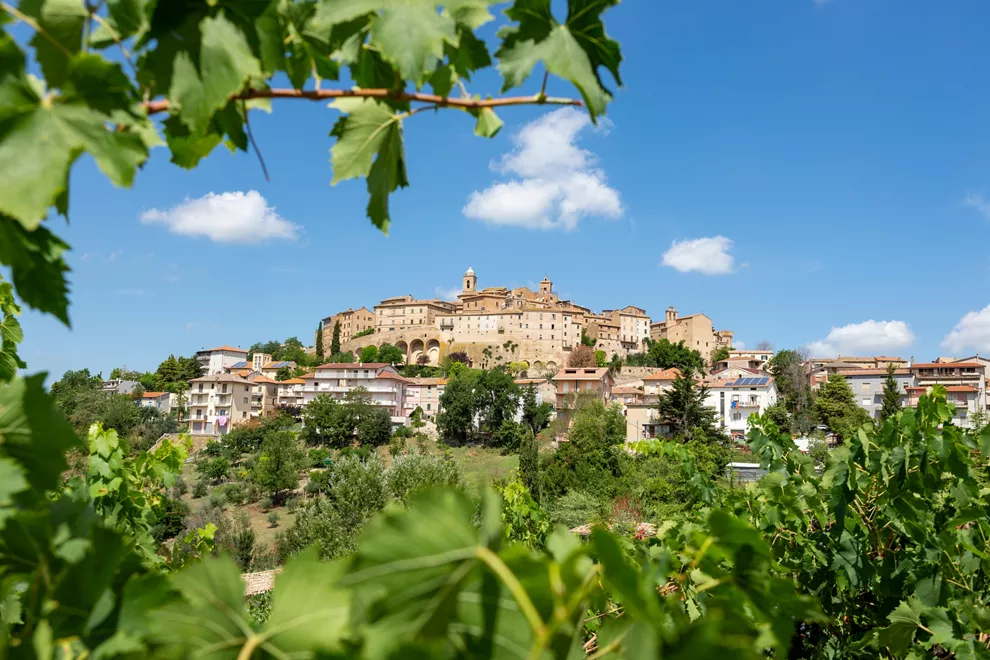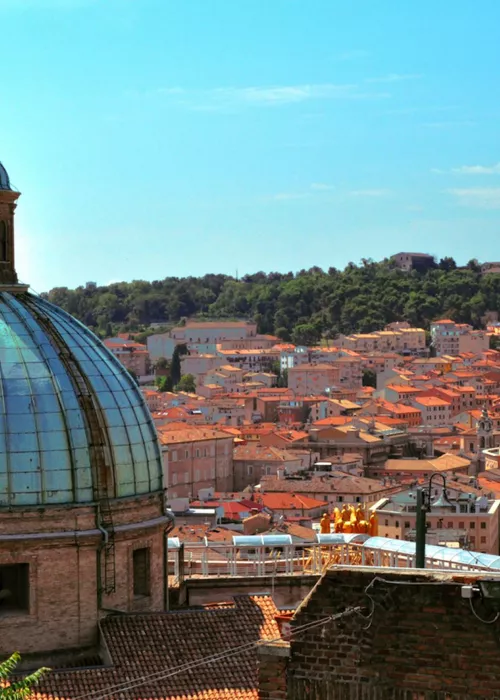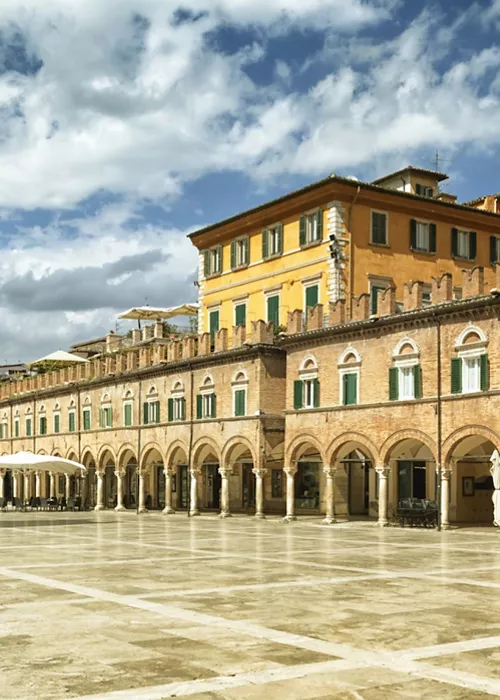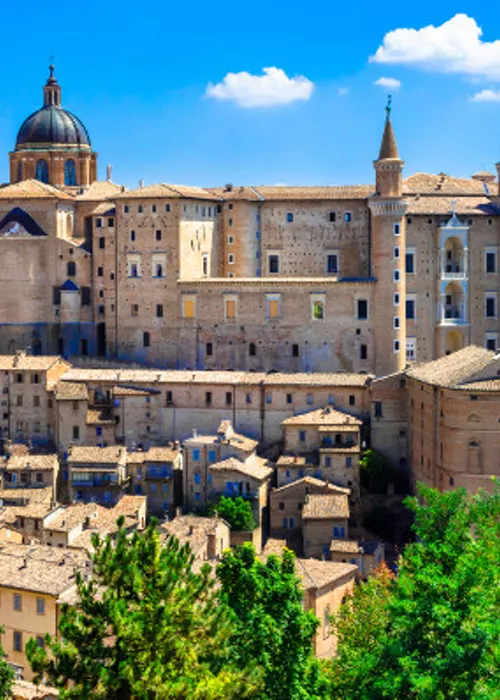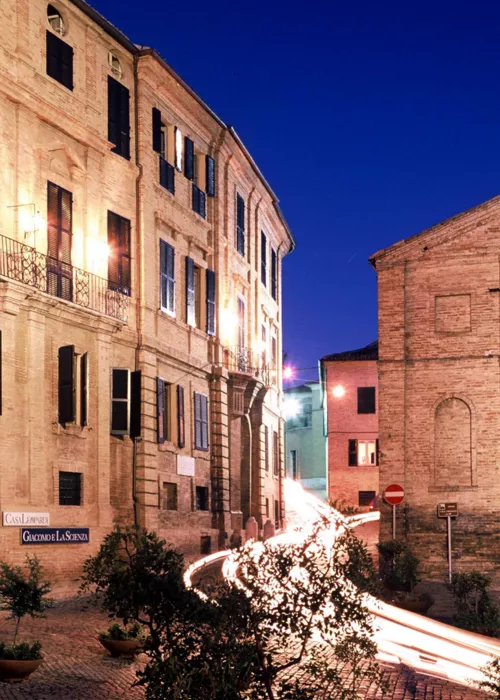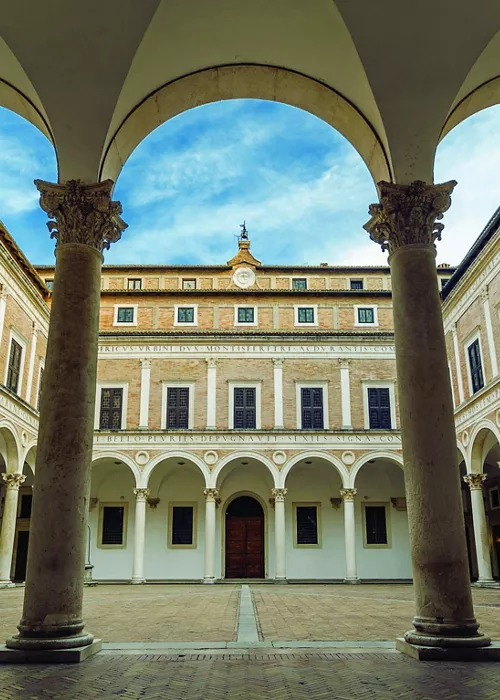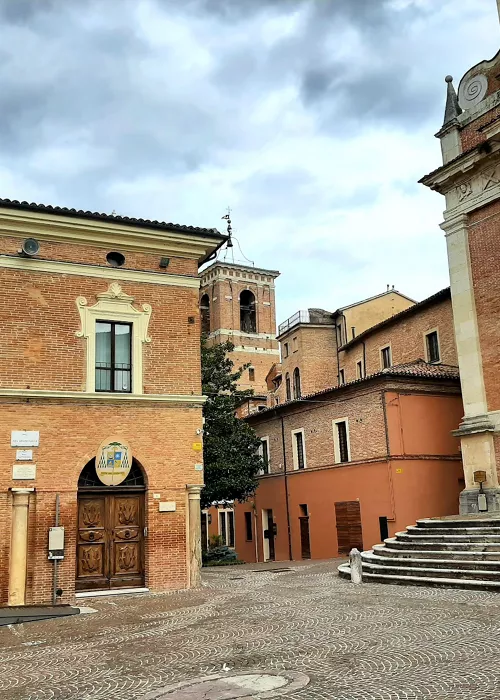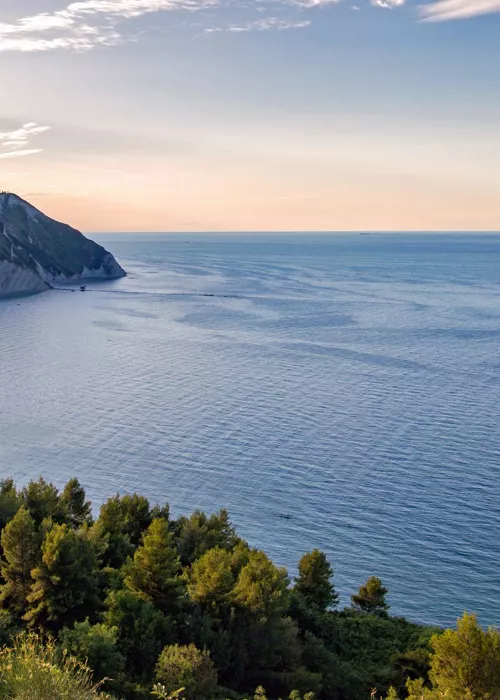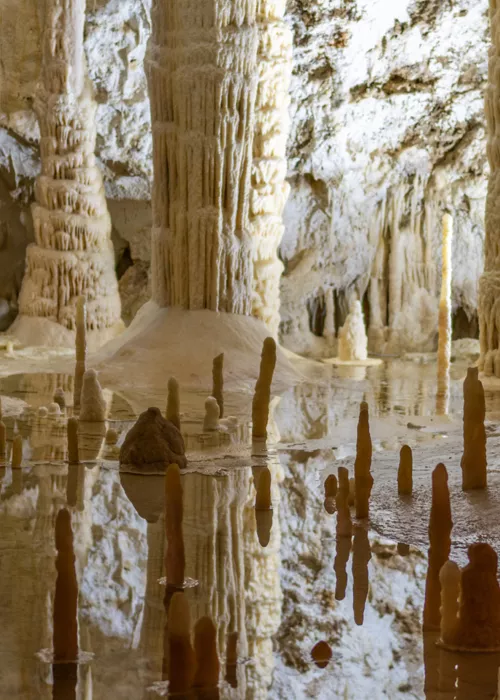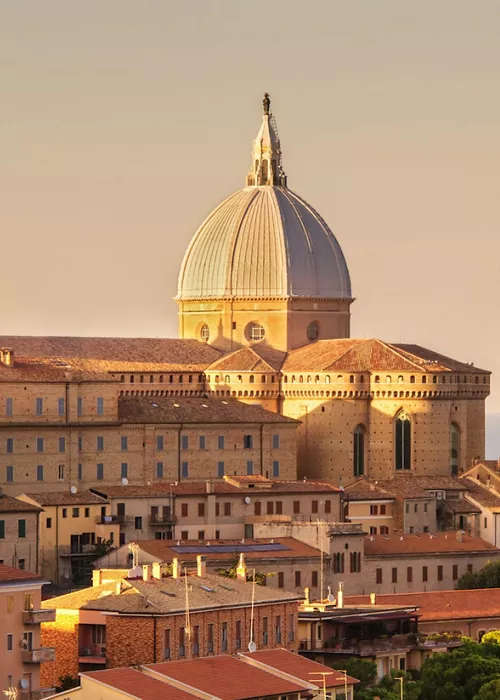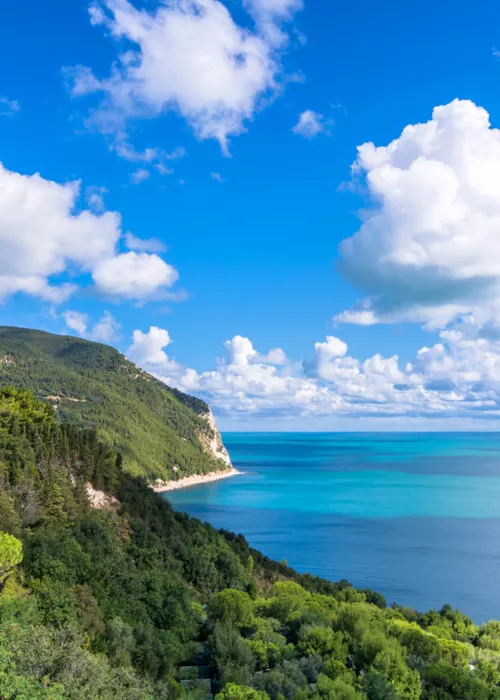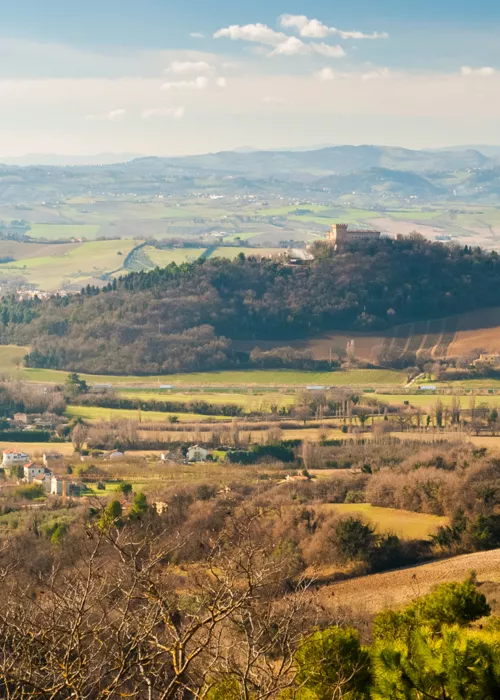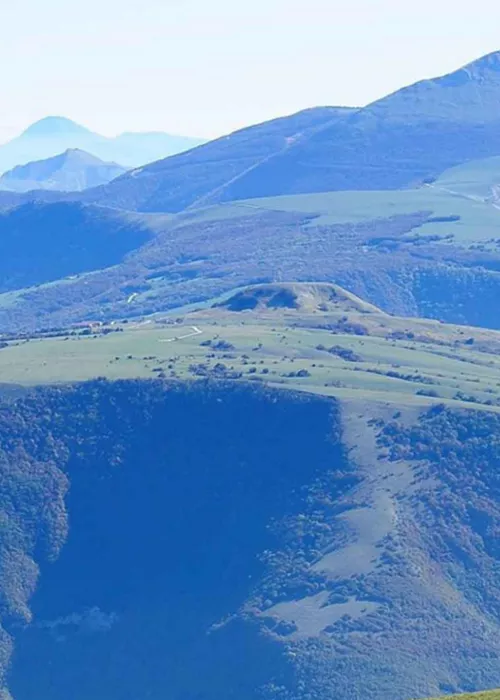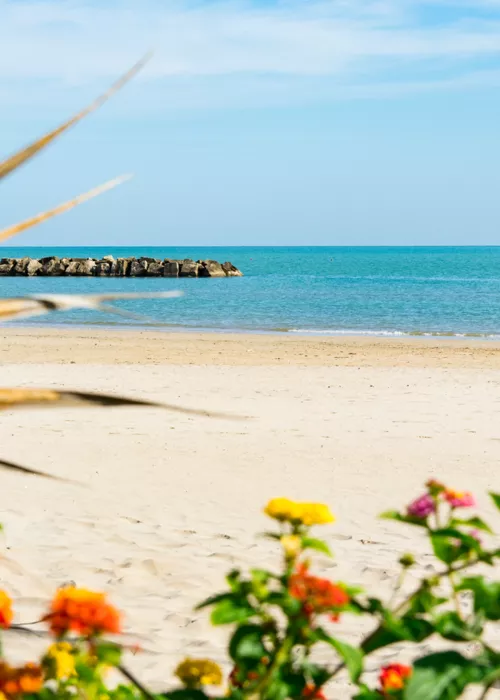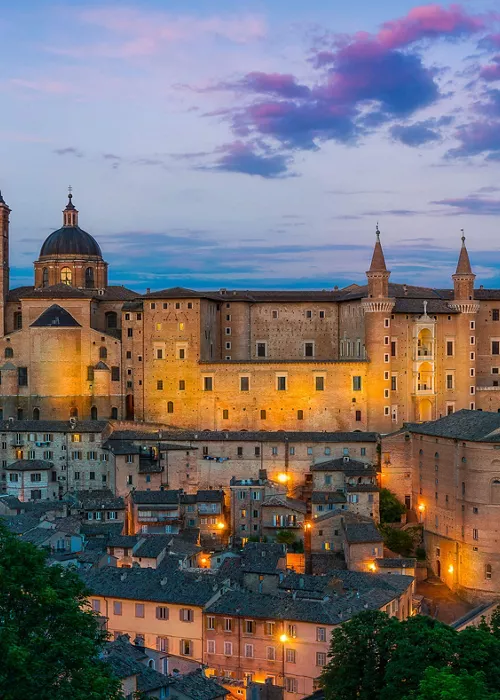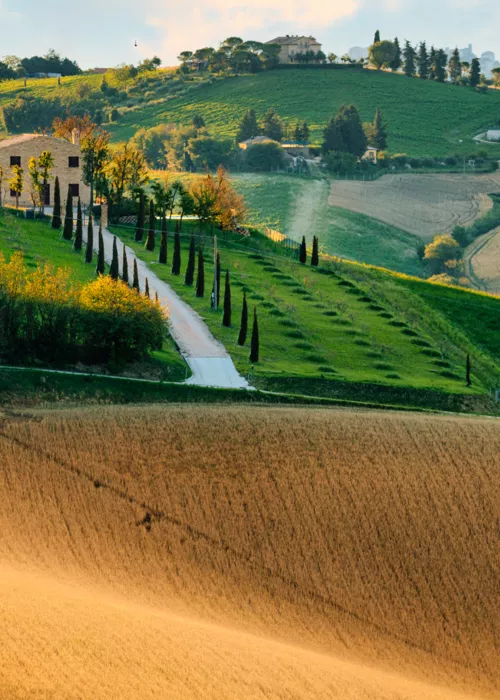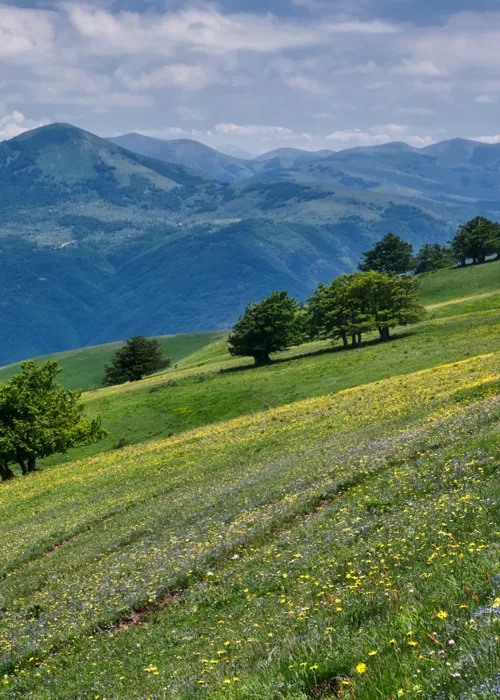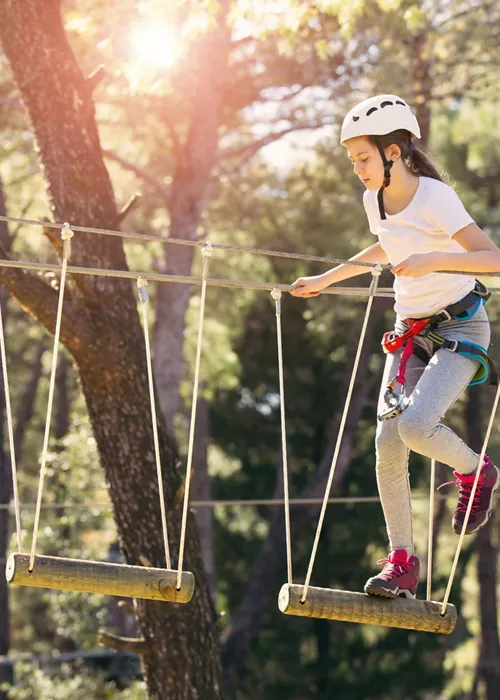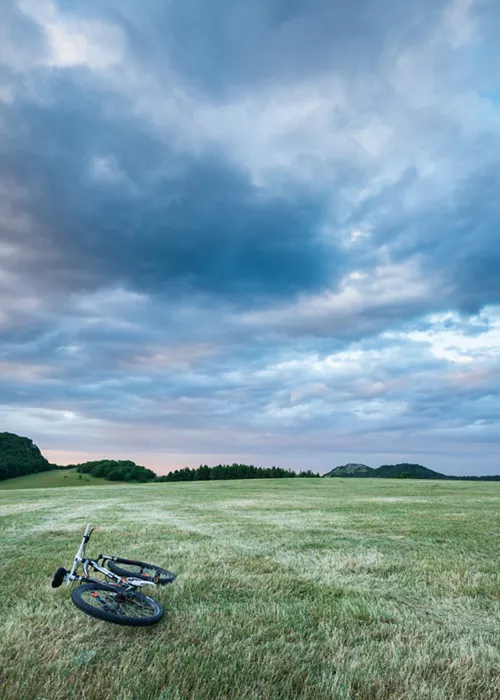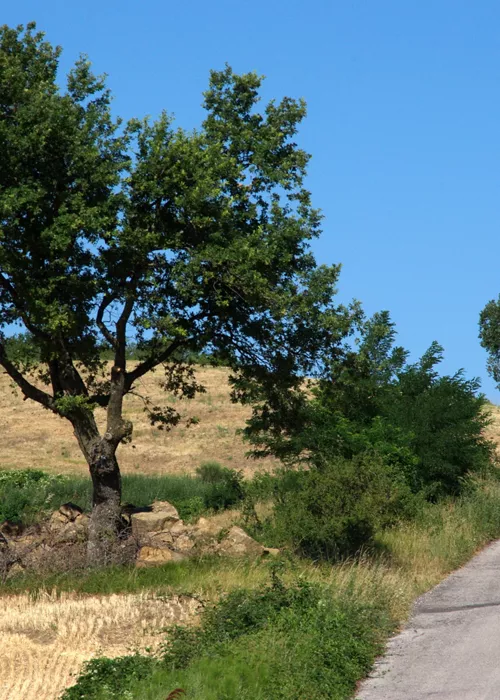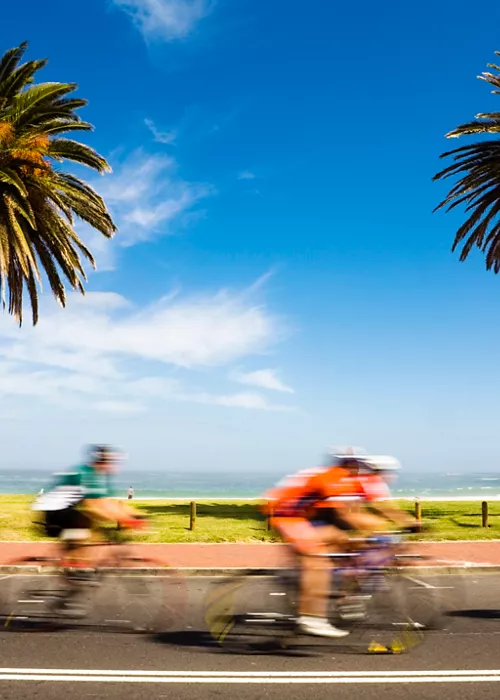Le Marche: an enchanting region of beaches, caves and mountains
5 minutes
In just a few words, Le Marche is spectacular, harmonious and winding.
This region enchants visitors with its hills decorated with tradition and art, mountains equipped for skiing, and rocky coastlines dotted with beautiful sandy beaches.
A perfect holiday destination all year round, it offers something for everyone, including sport, relaxation, spirituality and wellness.
Origins and history of Le Marche

Inhabited since the Palaeolithic period, the region mainly hosted the Picenes, while the Senones Gauls were confined to the north, the Greeks to Ancona and the Umbrians to the southwest. In the Middle Ages, it was divided between the Byzantines and the Lombards, until the Franks gave it to the popes.
Under the rule of the Church, free communes arose and powerful Signorie (“lordships”) were formed during the Renaissance: the Court of Urbino and the Duchy of Spoleto became key centres.
To bring order to the region, the Church commissioned Cardinal Albornoz to restore ecclesiastical authority. He worked to reconquer and establish peace in Le Marche and laws were put in place to determine the region’s new political structure.
Internal battles continued, however, the most famous being led by Braccio da Montone. This period saw the birth of the Maritime Republic of Ancona, later annexed to the Papal State in 1532.
The Sforzas and Cesare Borgia tried in vain to reunify the region by military might. After the French Revolution, Le Marche returned to the Papal States until, with the Battle of Castelfidardo, it was finally occupied by the Piedmontese army and annexed to the Kingdom of Italy.
In 1798, this territory witnessed the birth of the greatest exponent of 19th century Italian poetry, Giacomo Leopardi.
Main cities in Le Marche
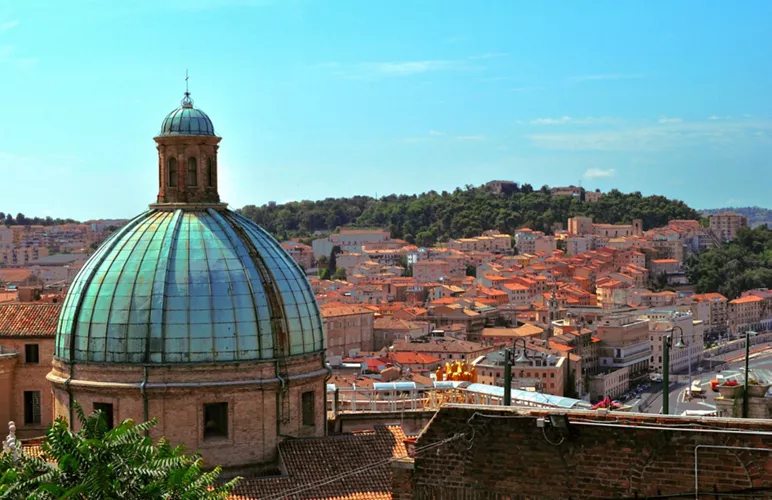
The best place to begin your journey in Le Marche is Ancona, the region's capital and one of the Mediterranean's most important industrial ports. You will be stunned by the fact that, due to the city's elbow-shaped development, the sun both rises and sets over the sea.
Among the many historical monuments, be sure not to miss the Lazzaretto, a pentagonal fortress on the sea used today as an exhibition space, and among the city's many beaches we recommend the beach of Passetto.
The most popular beachfront among the locals of Ancona is at the end of Viale della Vittoria, in the Adriatic district, which ends in a pine forest overlooking the sea. To get there, you can head down the steps (or take the lift in summer) to the real jewel offered by the beach:
the Passetto caves, which are shelters for boats carved into the rock.
Another treasure trove in Le Marche is Ascoli Piceno, located near the sea in the shadow of the Apennines.
Known as the city of a hundred towers, it has kept its medieval town plan and is brimming with travertine, the light-coloured stone that characterises all its historic buildings.
Its historical centre is small and compact, but rich in architecture, museums, churches and historical heritage.
Urbino offers an unmissable blend of history, art and culture. The birthplace of the great Renaissance artist Raphael Sanzio, it presents the artistic and cultural heritage of the Montefeltro, the family that once ruled there.
Among its treasures is the Ducal Palace of Urbino, a masterpiece of Renaissance architecture that today houses the region's most substantial art collection, with works by Raphael and Piero della Francesca.
Also worth visiting is Fabriano, the town linked to papermaking and the invention of the watermark, an industry that developed between the 14th and 15th centuries.
Recanati, in the Macerata area, is the birthplace of Giacomo Leopardi: a beautiful town nestled between winding hills with romantic views.
What to see in Le Marche: 4 unmissable sites
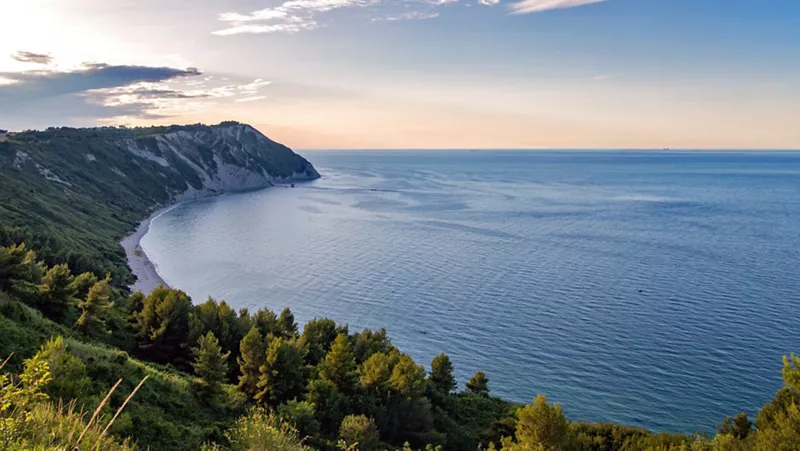
Be sure to visit the Frasassi Caves, among the most visited caves in Italy. They offer some of the most fascinating underground routes, with more than 13 kilometres of tunnels and paths open to cavers, among underground lakes, limestone stalactites, the great Wind Cave and the Ancona Abyss, a huge underground chamber.
On the Conero Riviera you will find the Due Sorelle Beach (Beach of the Two Sisters), which stands out among the shimmering green of the Monte Conero promontory and the blue of the sea: a true spectacle of nature.
Onwards to Conero: this promontory in the province of Ancona, which rises up at a point in the Adriatic where the sea is incredibly crystal clear, exudes an energy and charm that enchants all who visit.
It is also worth visiting the Monte Conero Regional Nature Park, to enjoy a hike through the local wilderness.
Another unmissable site is the Castle of Gradara, in the province of Pesaro and Urbino, an admirable example of 14th-century military architecture. Now a museum, it hosts works of art and antique furniture.
Unusual places in Le Marche: 3 unmissable sites
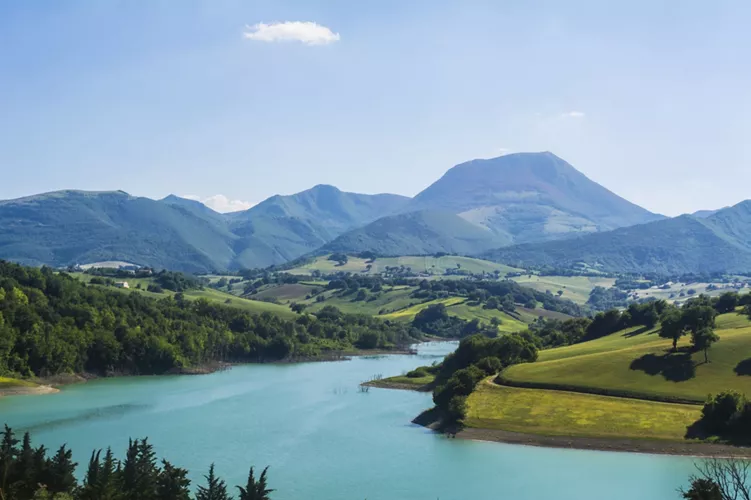
If you are looking for hidden gems, we recommend Cingoli, a medieval village among the most beautiful in Italy known as the Balcony of Le Marche: you will find out why when you look out on the castle walls from the vast terrace.
Another opportunity to immerse yourself in nature is offered by the Furlo Gorge, a canyon carved by the erosive force of the Candigliano river with plenty of paths. As you walk, you will discover wild flora and may even come across wild boar, roe deer, golden eagles, peregrine falcons and herons.
Our last stop is the Valadier Temple. This neoclassical sanctuary near the Frasassi Caves was built by Pope Leo XII by excavating the rock walls of the mountain.
Typical products of Le Marche: 4 specialities

If you love simple and bold flavours, Marche cuisine will delight your taste buds.
Ciauscolo is a typical, delicious, IGP, spreadable pork sausage.
Ascolane olives need no introduction! Once you have had a taste of these fresh Tenera Ascolana DOP olives, you will not want to eat olives anywhere else!
For this same reason, you should stock up on Castelluccio lentils, which you can easily store.
Finally, try out the crescia: this thin bread made with durum wheat or corn flour, and sometimes lard, will win you over from your very first bite.
Events in Le Marche: an opportunity not to be missed
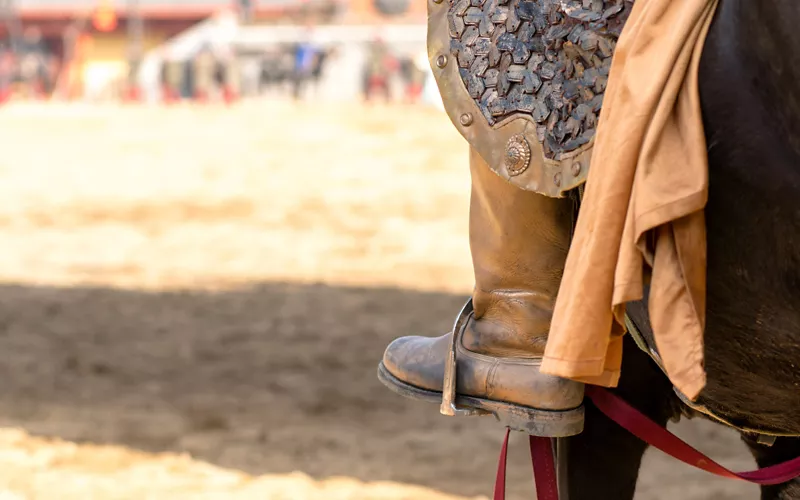
Numerous traditional events are celebrated in Le Marche: we recommend the Quintana Joust, a medieval re-enactment of horse jousting held in Ascoli Piceno.

